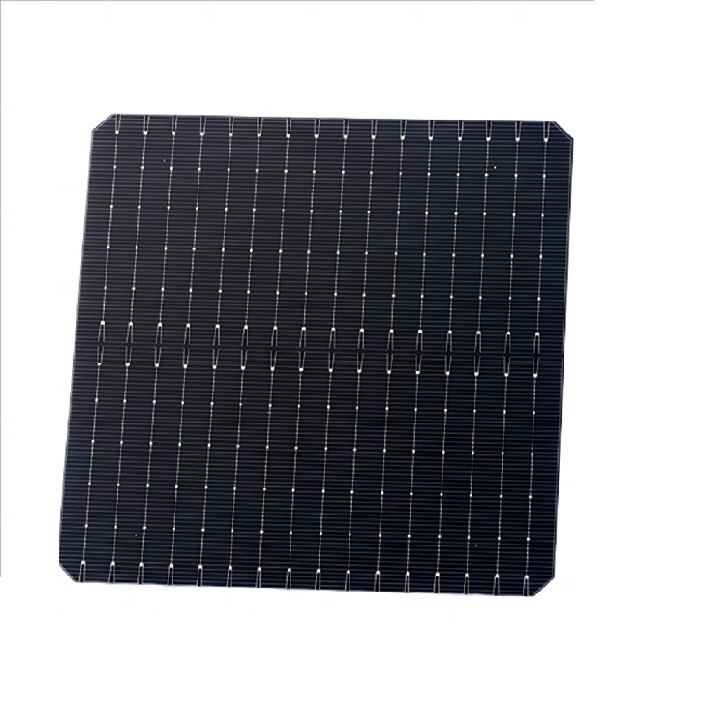The researchers have developed a new perovskite-crystalline silicon tandem solar cell that uses a top-layer perovskite cell with a bandgap width of 1.67 eV and a novel carbazole-based self-assembled monolayer (SAM). Compared to cell structures without self-assembled monolayers, tandem cells achieve higher efficiency and pass the IEC 61215 standard thermal cycling test.
Researchers from the University of Sydney, the University of New South Wales, Macquarie University in Australia, Forschungszentrum jlich University in Germany, Southern University of Science and Technology in China, and the University of Ljubljana in Slovenia have developed a perovskite-silicon solar cell design using a top-layer perovskite cell with a band gap of 1.67 eV and a carbazole-based self-assembled monolayer. The top cell has an energy bandgap of 1.67 eV, which is one of the highest bandgaps achieved by this type of cell to date.
As the top cell of the tandem solar cell, it must have a high-energy bandgap to match the output current. However, due to the non-radiative recombination and energy dislocation between the perovskite and charge-selective layers, these top cells have a higher bandgap-voltage shift. To solve this problem, the researchers utilized a carbazole-based self-assembled monolayer (SAM) as an effective hole-selective layer (HSL). SAM has been used in solar cell experiments in the past, often by adding molecular glue during processing to significantly improve the adhesion between the light-absorbing peroxide layer and the electron transport layer.
"SAMs typically consist of an anchor group, a spacer group, and an end group," the researchers explained, adding that their monolayer is also based on phosphonic acid (Ph-2PACz) and two benzene rings to create an extended conjugated system. "Carbazole-based SAM-HSLs appear because they have reliable stability, energy levels consistent with perovskites, and they are 'multi-electron' in favor of holes
 Schematic diagram of a silicon-perovskite tandem solar cell
Schematic diagram of a silicon-perovskite tandem solar cell
The top perovskite cell is made of an indium tin oxide (ITO) substrate, SAM, a perovskite absorber layer, a buckminster fullerene (C60) electron transport layer, a phthalocyanine (BCP) buffer layer, and copper (Cu) metal contacts. The power conversion efficiency is 21.3%, the open-circuit voltage is 1.26 V, the short-circuit density is 20.5 mA/cm2, and the fill factor is 82.6%.
"The bandgap-voltage shift of 0.41 V was one of the lowest of all the 1.67 eV perovskite cells recorded." The team said.
The presence of the top cell makes the power conversion efficiency of the perovskite-crystalline silicon tandem solar cell with an area of 1.03 cm2 reach 28.9%, and the open-circuit voltage reaches 1.91 V.
The research team further noted, "Ph-2PACz-based tandem cells showed greater damp heat durability, with negligible performance loss after 280 hours of damp heat. "Notably, the Ph-2PACz-based encapsulated tandem cell still retains an initial efficiency of 98.8% after 200 thermal cycles, passing the IEC 61215 PV module standard.
